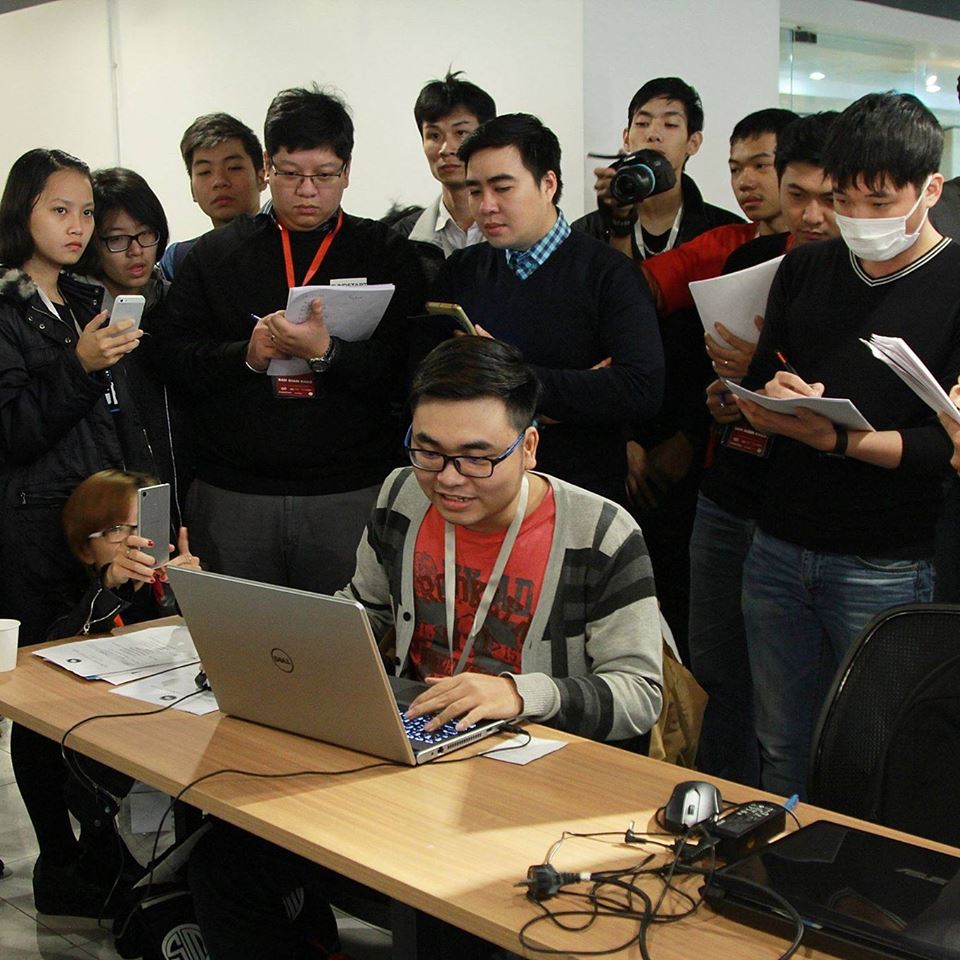When was the last time you seriously thought about text? Yes, plain old words—the kind you’re reading right now.
We’re constantly told video is more vivid, audio more personal, and images speak louder than words. But text remains uniquely powerful. In fact, text has quietly shaped our thinking and learning habits for centuries—and it continues to do so now more than ever, even as video and audio surge around us.
Why?
To understand this, let’s dissect clearly how text works, and why—despite smartphones filled with streams of short-form content—it’s still the superior medium for thinking deeply.
Text is Unique (As a Reader)
Pause-and-Think
Real knowledge isn’t something you passively absorb. Knowledge sinks deeper only when you stop and reflect—when you connect ideas, challenge assumptions, and argue internally.
Pause-and-think isn’t just a nice feature of learning—it is learning. Without pauses for reflection, information slips briefly across the surface of your attention and disappears. You might recognize the facts you’ve seen, but you’ll rarely internalize or deeply understand them. Reflection turns mere information into lasting wisdom and insight.
Text uniquely encourages reflection. Because it’s static, words always wait patiently for your mind to catch up. A video or podcast flows relentlessly onward, but text makes reflection natural and inevitable. Text asks quietly but persistently: Do you really understand me? What does this mean? What else connects here?
In other words, reflection is the crucial ingredient in converting facts into knowledge and insights into wisdom. Text, more than any other medium, explicitly forces and invites this vital habit of pause-and-think.
Controlling Your Own Pace
Your mind doesn’t learn on a schedule set by someone else. Real learning requires flexibility—speeding up through straightforward ideas, slowing down, pausing, and re-reading when things get complicated.
Text is unique in letting you fully control this rhythm. You can speed up, scan briefly, stop completely, reread multiple times—all effortlessly. Text is naturally accommodating: It never pushes you behind or drags you forward against your will, unlike audio or video.
Yes, technically you can pause a video or a podcast. But those pauses are unnatural: they interrupt the speaker’s rhythm, distract your attention, and require explicit intention. In contrast, text’s pauses feel natural, organic, inevitable. You pause because you’re thinking—not because you’re interrupting.
This reader-controlled pace seamlessly turns passive consumption into active thinking, making text uniquely effective for turning information into lasting knowledge and deep reflection.
Non-Linear Movement
Your mind is rarely a straight line. Why should reading be?
Imagine listening to a podcast. Halfway through, you recall something from an earlier segment. Finding that exact moment in audio feels slow, tedious, even impossible. That friction significantly discourages deeper connections between ideas.
Text, on the other hand, is designed for instant, effortless, non-linear jumps. Flick your eyes up one paragraph or page back, and you are instantly reconnected to past ideas. Jumping forward to see context or comparisons elsewhere is effortless. Your brain loves and needs non-linearity—connections, jumps, and backtracking—to deepen understanding. Text is the perfect match for your mind’s powerful associative, non-linear structure.
Text as a Cognitive Tool (As a Writer)
If reading text is powerful and reflective, creating text—writing—is even more transformative.
Most of us misunderstand writing. We think clearly first, then “record” those clear thoughts. But usually, thinking clearly happens precisely because you are writing.
Writing forces clarity. If your idea is vague or contradictory, writing quickly reveals it. Writing exposes mental weaknesses mercilessly, forcing you to rethink, reorder, and restructure your ideas on the fly.
Because text is flat and minimal—no voice tone, no facial cues, no background music—it demands total clarity. Ideas can’t hide behind charismatic speech, aesthetic video editing, or emotional nuance. Text removes distractions, allowing ideas to stand nakedly clear. If your thinking is weak or ambiguous, the merciless flatness of text immediately exposes it.
Thus, writing is really a ruthless training method for clear thinking itself—a form of active cognitive restructuring. You’re not just transcribing ideas: writing literally rewires your ideas in real time, reshaping the structure of your thought in subtle yet profound ways.
Our Current World (And How We Should Learn)
In today’s world, audio and video dominate. How should we handle learning from these formats?
For long-form content—meaningful podcasts, lectures, documentaries—you can still learn well, but you must consciously practice reflection. Pause deliberately after key points. Step away often, asking yourself: What did I just learn? How does this relate to other ideas I know? Doing this regularly imitates the natural rhythm of text-based learning. It’s not as smooth as reading text, but careful habits make thoughtful learning achievable.
Short-form content, however, presents a bigger challenge. Platforms are intentionally built to prevent reflection. Videos autoplay rapidly, aiming specifically to keep you running rather than stopping to think. If you’re going to use short content, change how you consume it. Watch deliberately, slowly, and if possible, off-platform—one video at a time. Avoid nonstop scrolling. Use them sparingly for relaxation or quick information breaks, never mistaking them for deep learning.
Real learning, regardless of medium, always requires deliberate pauses, reflection, and thoughtful pacing. Without these, no amount of content will truly deepen your understanding or wisdom.
Conclusion
Text matters profoundly and uniquely.
Our job is to consciously pick the mediums that help us think, learn, create, and generate insight most effectively—text first and foremost.
With information formats, much like food, your choices have lasting consequences. You become not just what you consume, but how you consume it.
So choose consciously. Choose carefully. Choose text.
